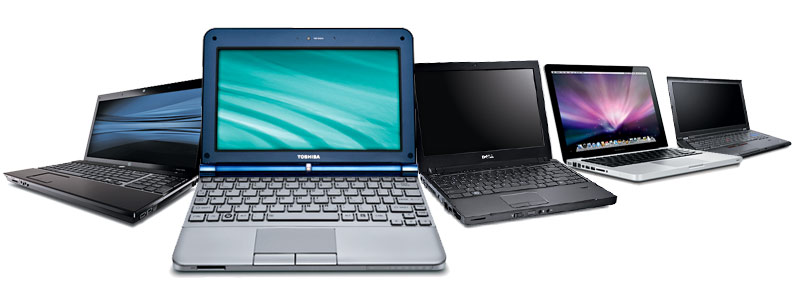Buying a new laptop: what’s the ideal display resolution for you.
Display resolution is one of the most overlooked aspects of buying a new laptop. Choosing the wrong resolution, especially compared to the form factor of the device you are interested in, can lead to frustration, when trying to manage desktop items, and organize application windows.

In order to choose the perfect balance of resolution and form factor we must first determine what type of user this laptop is for. More specifically, the type of applications most frequently used.
Entry-level (up to 1280x900 pixels)
This type of resolution is ideal for video streaming, web browsing and lightweight office tasks, which is why it’s most common on entry-level laptops, and netbooks, like Google Chromebook. With that said, entry level resolution does not equate to an inferior experience when it comes to more sizable work tasks, such as programming, spreadsheets, or data entry for which resolution may not be as important a factor as processing power and storage would be.
Mid-range (1280x900 to 1440x1280 pixels)
This is the category where most business laptops and tablet PCs fit, including Microsoft Surface Pro 4, and most entry-level Apple MacBooks. This resolution is ideal for advanced multitasking, that require at least two application windows to display syde to side, or offer enough desktop real estate to display a complex user interface such as Adobe Photoshop, in its entirety, without the need for excessive panning or zooming.
High-end(1440x1280 pixels and higher)
For those looking to get the most out of watching movies or playing realistic 3D games in high definition, this type of resolution is as close as it gets to a desktop-class experience. Laptops in this category span across both gaming and business, including high-end devices like MSI’s gaming laptop series, or Asus G Series.
With that said, a higher resolution, especially with a wider horizontal pixels span, does not apply only to tasks involving complex business applications or resource-hungry games.
Working on research papers for school, for instance, is where a wider, higher resolution screen becomes important, as it allows to keep two application windows side by side, such as a text editor on one side, and a browser window on the other side of the screen. In more creative scenarii, a four windows layout, with each application occupying a quarter of the desktop can also offer more in terms of productivity, given sufficient resolution.
Let the experts at PortableOne.com help you select the best laptop for you.